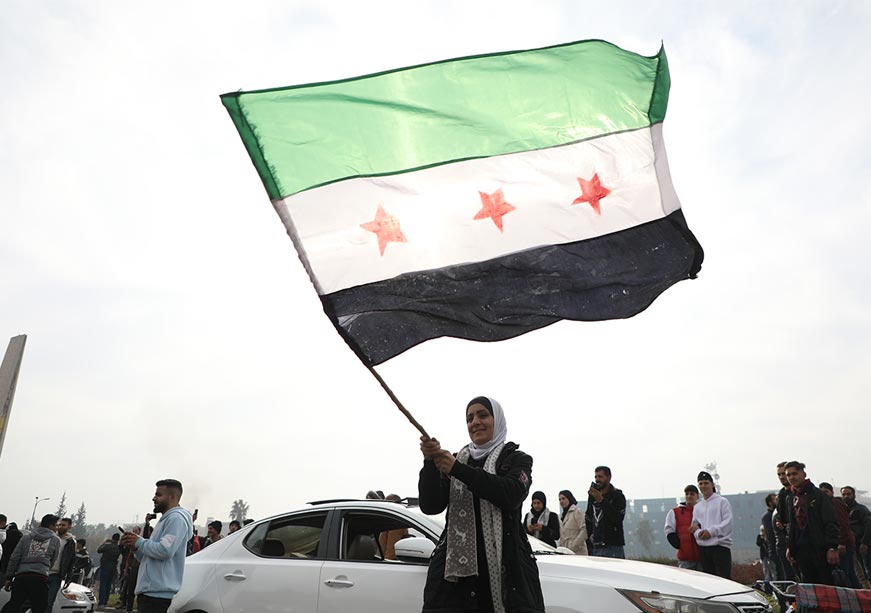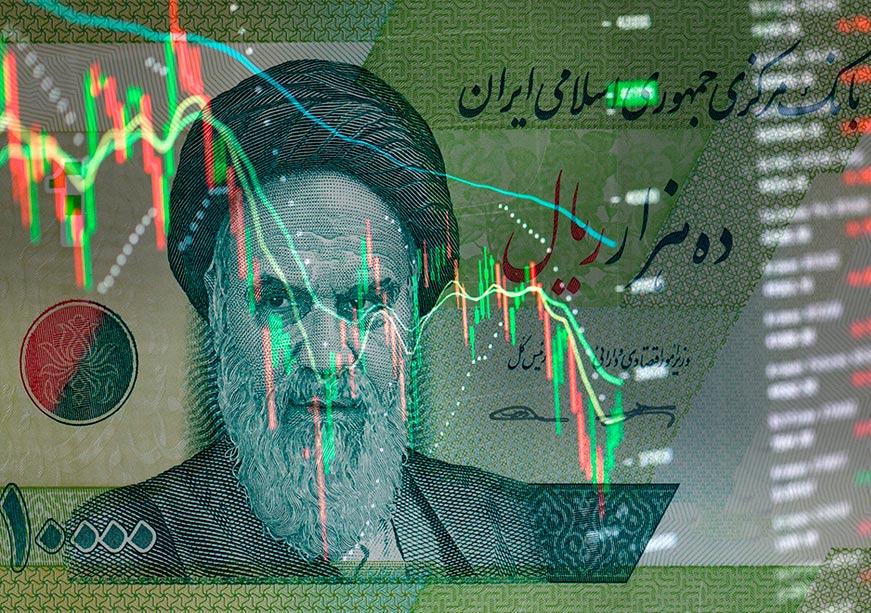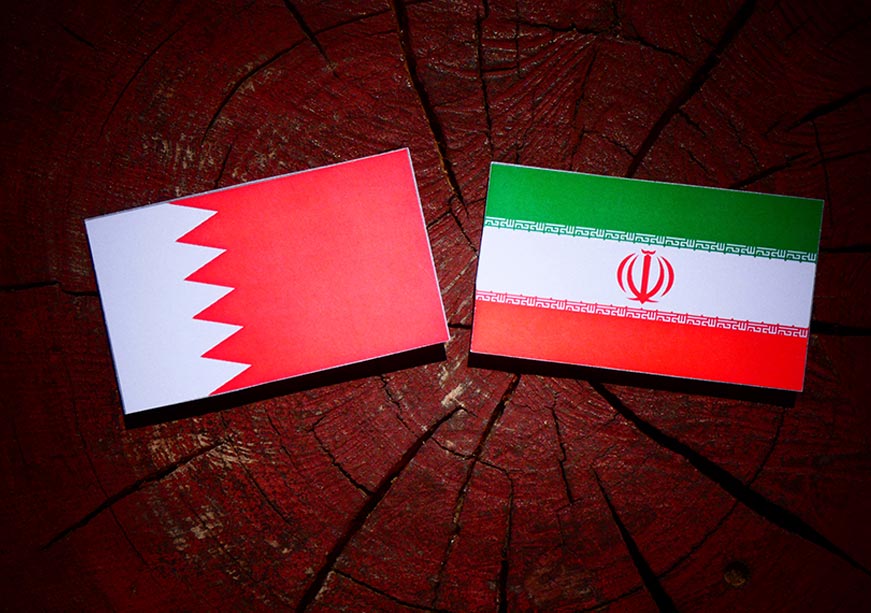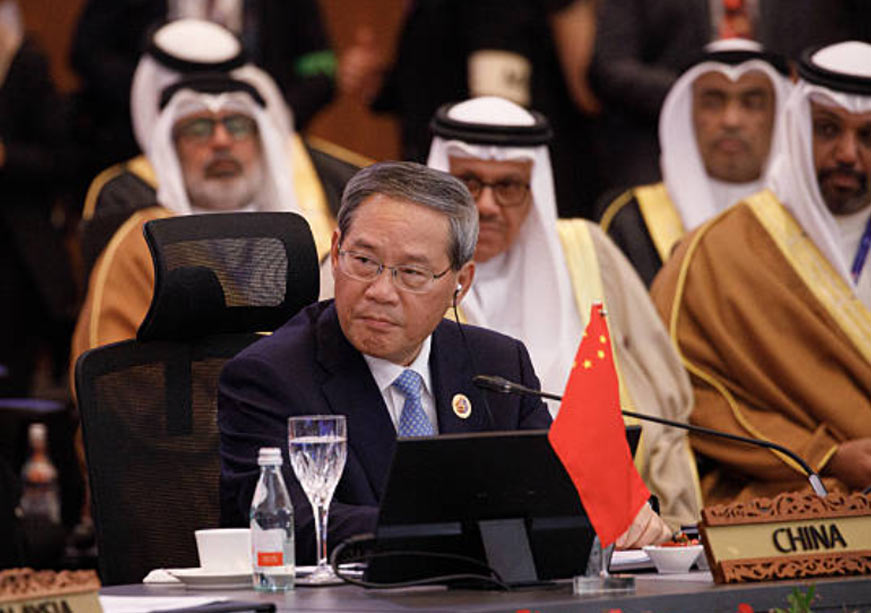Damascus’s potential entry into the Abraham Accords could reshape regional alliances, strain old loyalties, and institute a new strategic calculus in the Middle East.
On May 14, 2025, US President Donald Trump met Syria’s interim President Ahmed al-Sharaa, encouraging him to join the Abraham Accords and offering to lift all US sanctions as an incentive. Saudi officials, intent on securing Syria’s stability after the fall of the Bashar al-Assad regime, had actively lobbied for this direct US–Syrian engagement. Given that al-Sharaa has adopted a more moderate stance after previously heading Syria’s al-Qaeda affiliate, the Saudis believe he could help reshape his country’s trajectory.
Damascus’s normalisation of ties with Israel under US leadership would recalibrate alliances in the Middle East and beyond. It is therefore important to understand the priorities of the actors affected by Syria’s potential entry into the Abraham Accords and to examine the broader implications for regional and international power equations.
Abraham Accords Signatories Exercise Cautious Optimism
While current signatories to the Abraham Accords stand to gain from Syria’s potential accession, they are also exercising a fair degree of caution. The United Arab Emirates (UAE), which reopened its embassy in Damascus in 2018, has reportedly facilitated back-channel security talks between Israel and Syria. While UAE diplomatic advisor Anwar Gargash stressed vigilance owing to al-Sharaa’s ties to extremist factions, the UAE is engaging him given his more moderate rebranding. Bahrain has signalled its intent to follow suit and sees normalisation as essential for regional stability while demanding that Syria uphold counter-terrorism commitments and minority rights protections.
Both these GCC countries stand to benefit substantially from Syria’s reintegration into the regional fold after years of isolation during the Assad years. Abu Dhabi anticipates securing billions in reconstruction contracts, ranging from infrastructure to energy projects, delivering economic returns and geopolitical leverage over Iran. Manama, meanwhile, hopes to deepen security cooperation and strengthen its regional profile. In a recent visit to Syria, a Bahraini delegation focused on intelligence‐sharing for countering extremism, the safe return of Syrians, and investment opportunities in Syria’s reconstruction. Hence, for both these countries, regional stability through normalisation is a means to safeguard their own economic interests, as past conflicts have shown that chaos in the Levant can easily spill over into the region.
For similar reasons, Morocco has also welcomed Syria’s reintegration and has publicly backed Syria’s Arab League membership. Morocco also announced plans to reopen its embassy in Damascus, signalling its readiness to restore full diplomatic and economic engagement with Syria. Morocco aims to revive dormant trade, tourism and investment.
Turning to the most critical player of the Accords, Israel initially met Washington’s pivot with deep scepticism. Since al-Sharaa’s ascent, Israel escalated airstrikes in Syria, and Israeli officials have continued to describe him as an Al Qaeda jihadist. While Israel initially warned that lifting sanctions could empower extremist enclaves in Syria, it later outlined a pathway for Damascus to join the Accords. Israel suggested that Syria’s membership must be “performance-based,” requiring al-Sharaa to dismantle jihadi groups, outlaw terrorist organisations and guarantee minority protections.
However, a core point of contention that could derail this agreement is the status of the Golan Heights. Israel took the Golan in 1981 and has argued that its 1974 Disengagement Agreement with Damascus was voided after the collapse of the Assad regime. Consequently, al-Sharaa cannot realistically join the Accords without serious negotiations on the full or partial return of the territory. While al-Sharaa maintained that Syria could join the Accords under “the right conditions” in a recent letter to the US, Damascus has made clear that recovering the Golan is non-negotiable for such progress.
If resolved, whether through full return, limited autonomy or a security arrangement, addressing the future of the Golan Heights is critical for Israel. It would cement peace with Damascus, secure its northeastern border and integrate Syria into a US-backed security framework that further isolates Tehran. However, without meaningful progress on the Golan question, any Israeli–Syrian normalisation remains politically unattainable.
Continued Setbacks for ‘Axis of Resistance’
The Iran-led “Axis of Resistance” in its current form includes Hamas, Hezbollah, the Houthis and Iraq’s Popular Mobilization Forces (PMF). This Axis faced major challenges after the fall of former Axis partner Bashar Al-Assad. For Hezbollah, Assad’s fall immediately disrupted critical Syrian supply lines for transferring Iranian weaponry, a “major, dangerous transformation” by the group’s own admission.
For the Houthis in Yemen, Syria’s role as a corridor for Iranian arms is now severely jeopardised. Similarly, the PMF in Iraq, which leveraged Syrian territory for proxy deployments, faces significant operational limitations. Furthermore, al-Sharaa has also actively cracked down on these routes. While Hamas initially welcomed Assad’s fall, given their strained ties, al-Sharaa’s crackdown on armed factions will challenge their regional operational environment. al-Sharaa’s assertiveness against Iranian proxies will only be compounded further if Syria proceeds with normalisation.
Syria’s inclusion in the Abraham Accords could also reduce the bargaining power of the Axis groups within their respective national power-sharing structures. In Lebanon, Hezbollah’s strategic interests have often differed from those of the country’s fragile coalition government, a divergence highlighted by Israeli ambassador to the US, Yechiel Leiter, who stated: “There’s no reason now why we wouldn’t be moving into accommodation with Syria and Lebanon,”. Further, Lebanon’s President Joseph Aoun is actively pitching for formats to disarm Hezbollah and Hamas. If the Syrian-Israeli normalisation goes through, Beirut could face renewed calls to disarm cross-border militias, impacting Hezbollah’s military wing.
The PMF and Houthis might be similarly impacted. Despite previous failed attempts, US pressure on Baghdad has once again prompted the PMF to consider disarmament to avert conflict with Trump. Trump’s May 2025 ceasefire deal with the Houthis paused US strikes in Yemen in exchange for a Houthi pledge not to target American ships in the Red Sea, granting the militia breathing space to consolidate both politically and territorially. However, with Syria’s shift to diplomacy, Iraqi and Yemeni militias may see new incentives to curb their activities. Al-Sharaa’s new legitimacy on the global stage, stemming from his moderate stance, could further reinforce this resolve. Iraqi leaders seeking international legitimacy and sanctions relief might push the PMF to integrate into Iraq’s security architecture or limit its autonomy. Similarly, as Yemen engages in political negotiations, the Houthis may find an incentive to transform from an armed militia to a political actor in exchange for reconstruction aid. As proxy militancy within the Axis begins to weaken, Hamas might find it harder to project itself as part of a coherent regional axis of resistance against Israel. Therefore, the loss of Syria’s rhetorical and political support will undermine the Axis’ shared “resistance” identity, leaving each group more isolated and vulnerable to international pressure.
Despite the challenges, some scholars have argued that the Axis of Resistance has long demonstrated a “shape-shifting” resilience, finding new avenues to project influence in the face of setbacks. There is the possibility that if a Syrian-Israeli normalisation of ties is reached, the Axis might pivot from confrontation to diplomacy by deepening political ties with extra-regional actors like Russia, engaging in back-channel negotiations, and leveraging their decentralised economic networks to maintain relevance.
Strategic Challenges for Moscow
A potential Syrian-Israeli normalisation could reshape political contours beyond the region. The fall of Assad, who has now been given asylum in Russia, significantly undermined Moscow’s strategic interests in the region. Russia is alarmed by Washington’s outreach to Damascus and is concerned about the security of Russian regional assets. While Russian Foreign Minister Sergei Lavrov condemned Syrian militant groups, he also announced plans to hold high-level contacts with the government led by al-Sharaa. This signals a pragmatic decision to engage with an adversarial regime rather than sever ties altogether.
This approach is particularly significant as President al-Sharaa is still negotiating the future of Russia’s naval and air bases in Tartus and Khmeimim. The facilities appear likely to remain in exchange for diplomatic backing and financial compensation from Moscow. However, Syria’s accession to the Accords would undermine Russia’s strategic interests further, as US sponsorship would reduce Damascus’s incentive to engage with Moscow for post-war reconstruction.
Notably, Israel is lobbying the US to sponsor a weak and decentralised government Syria, including by allowing Russia to keep its military bases, to counter Turkey’s growing influence on Damascus. Jerusalem fears that Ankara-backed factions, particularly the Hayat Tahrir al-Sham (HTS), which led Assad’s ouster, could provide a safe haven for Hamas militants along Syria’s border with Israel. It remains unclear how much traction Israel’s proposals have with the Trump administration, which remains divided over the issue. Some officials and congressional “Russia hawks” believe that ousting Russia’s military presence would weaken Iran-backed proxies and boost US influence over Damascus, but others warn that such a move could derail fragile talks.
In either case, Syria’s entry into the Abraham Accords has the potential to rewrite power equations and security architectures, forcing actors to rethink long-held assumptions about the Middle Eastern order. Yet, the Syrian interim government’s legitimacy and capacity to implement any such agreement remain deeply in doubt. President al-Sharaa’s transitional government confronts a governance void so acute that United Nations Special Envoy for Syria Geir Pedersen warned of “real dangers of renewed conflict and deeper fragmentation”. However, Pedersen also acknowledged hope for Syria’s reconstruction post sanctions relief. Entering the Abraham Accords and accessing the resultant economic reconstruction funds could provide the necessary impetus for Syria’s reintegration into the international community. As Syria navigates this uncertain future, there is one thing that can be said with certainty: the effects of such a historic realignment, if one goes through, will be felt from Morocco to Moscow.
Samriddhi Vij is an Associate Fellow, Geopolitics at ORF Middle East.












